|
Australians are viewed as a laid back and relaxed nation. Today, Australia has up to 220 different ethnicities coexisting together, culminating in a perception by others of not only being easy going but accepting and adventurous.
Colonisation of Australia by the British brought the class system into action however after World War I and II, Vietnam war, indigenous rights and multiculturalism, these ideals faded out. Today a commonly held belief in Australia is that everyone is equal and deserves equal rights and opportunities which is otherwise called egalitarianism. You’ll often hear that everyone deserves the right for a ‘fair go’. The question now is, if Australians are relaxed and ‘laid back’, do they USE or NEED etiquette or protocols? The answer is yes. Etiquette has changed in Australia over the years. It was introduced when English gentry settled here in the country’s colonial infancy. Essentially, etiquette, like new laws, relationships, and services which underwrote the changes to the country’s environment, economy, and society, has been re-written from the birth of Australia to our days today. During an ABC radio interview with Richard Aedy, Ita Buttrose described Australian society as having changed over time to become “an informal society”. However, the fundamentals of how we treat each other have not changed over the years. Buttrose went onto say that manners “are a sign of a civilised society” that “make the world a much nicer place to be.” There is an undercurrent of social norms and expectations in Australia, not obviously spelt out. For example, that
Generally, Australians will only be taught soft etiquette and protocols skills through school, and often indirectly. Later, further skills are picked up via work, friends, family, partner and while travelling. The majority will know, understand, and perform cultural traditions as a matter of respect and showing willingness to integrate and accept one another. Those who work for government, parliament, defence, the judiciary system, ambassadorial and indigenous programs, and international business will be specifically taught these subjects. For further reading, I recommend the following: Australian protocol:
This article can be found:
0 Comments
I thought that talking about tea ceremonies would be about dining etiquette. After I delved deeper, I realized that this would be linked to three spheres of etiquette – social, dining, and business. Yes, for a Russian, it is everything. Russian tea-drinking traditions are not as famous as British afternoon tea or Japanese sadō-chadō. It was in Moscow where the Russian tea ceremony was founded and where I have lived most of my life, and it is something that I am so passionate about. So, let me introduce the Russian tea ceremony.
This was not common practice in other parts of Russia. You can find evidence of this in such classical novels such as Eugene Onegin by Alexander Pushkin or Dead Souls by Nikolai Gogol. More can be found in Russian literature, diaries, and memoirs. From 1810 onward, the Russians began to drink tea the English way, with cream or milk. Unlike the British, we add milk to tea and not tea to milk. Everything English became popular in Russia during this period. Tea with lemon, uniquely Russian, could be found on restaurants’ menus around the 1880s and was all the rage in the second half of the 19th century.
Many families still cook different sorts of varenje and have their own recipe, handed down from generation to generation. We serve it in long-legged bowls and give each guest a small saucer - rosette. We do not put varenje on toast; we eat it with a teaspoon and drink tea. The Russian climate is known for long and frosty winters where hot drinks are especially favored. Along with tea, food plays a serious role. In everyday life, many families finish their lunch or dinner with tea. Even Czars drank tea with snacks, in the past. When I host a family dinner, I will end with tea and cake. I offer plain baked items which come after sweet snacks. In fact, I also offer a cheese and meat plate, as well.
Tea in Social Etiquette Once tea-drinking naturally fit into Russian table traditions; it brought innovations such as fine bone china, teapots, and accompaniments. Now we cannot imagine Russian hospitality and lifestyle without tea. Tea is not only a drink but is a way of communication. We can drink tea for any reason or without reason at all – after a drive, in winter, in the evening, after a hot day, after a bath, talking with friends, at a meeting, just relaxing, after sleeping, hosting guests, housewarmings, and so much more.
It could be considered as rude as neglecting guests or even your customs. In Moscow, where the tea traditions are powerful, the hospitality rules offer tea to an unfamiliar person. There is a Russian expression ‘they didn't even give me tea’ applies if someone has not been a good host. Tea in Business Etiquette Once a client or visitor appears in an office in a business environment; the question is quickly asked, ‘would you like some tea or coffee?’ Even during serious negotiations, professionals will be offered sweets to accompany their tea. It is normal to offer tea and coffee with chocolate sweets and biscuits. In contrast, during my experience with international ex-pats, drinking tea over the business was not popular.
Elena Gorelik is based in Moscow, Russia and the founder of Serviruem, helping women feel confident through hospitality education. Elena is a table setting stylist and director for hospitality events. From the 1990s to 2000s, Elena has carved out an illustrious career working for executive management of airline company’s and was in charge of protocol procedures for hospitality services. The highlight of her career was working for the famous Marriott Moscow Royal Aurora Hotel (5*) and acting as Head at Food and Beverage Service. Please see Elena Gorelik @serviruem
Italian food is so famous, that people worldwide know and enjoy pizza and pasta, thanks to centuries of travelling along the Silk Road and exploration worldwide. The Renaissance period was credited with changing the way Italians ate and cooked. Little is known about the evolution of dining matters in Italy, and this will amaze you. It was noted during this period; initially, forks (introduced by Caterina de' Medici) were seen as excessive and a sign of femininity. It was not used until the 17th century where upper classes would afford these basic items and bring them to the dining table and share amongst family, friends and acquaintances.
A toast is given, the guest (you) should speak after the host’s presentation. Just wait for cues and go along with events and have a small speech that is positive and appreciative of your host’s welcome. Italian love to feed their guests. The trick is to take small servings, allowing your host to give you a second portion and not leave food on your plate. Making everyone happy. If you are not a wine drinker or tolerate small amounts, it is correct for you to leave wine in your cup. This will prevent your host from filling your glass up, and you are politely finishing every last drop. When eating, use the continental way of navigating your place setting. This requires using your napkin, resting and finishing positions in this style during and after your meal. Always keep your hands in sight and not on your lap during the meal, and never rest your elbows on the table.
Napkin Etiquette Elda Lanza, doyenne of Italian etiquette, wrote a book entitled Il Tovagliolo va a sinistra, directs the diner to put the napkin left side of the cutlery and never under the cutlery. On a formal occasion, the position of the napkin above the plate is allowed if there is a small gift or a single bouquet or to enhance a decoration. The napkin is folded in half and then half again, creating a booklet.
Petra Carsetti was born into a gastronomic minded family… true lovers of excellent foods and wines. From an early age she showed a great passion for the table, which she later developed by working in important, well-known Italian restaurants. Since 2005, she has written many books on food and wine, along with guides to Italian restaurants, specializing also in galateo and etiquette at the Accademia Italiana Galateo and ANCEP (the Association of Ceremonialists for Public Institute). She teaches etiquette in schools to adults and children, is a consultant for various political and economic authorities, and she has a weekly column in a historic newspaper. She also writes for various other newspapers, and in September she will come out with her new book, “GalaTime: it is always time for good manners”!
Please see her featured in Etiquipedia.blogspot.com Meet Elizabeth Soos, founder of Auersmont School of Etiquette based in Melbourne and Sydney, Australia. For Elizabeth, etiquette was ‘king’ when at home; her parents had taught her the European standards. Together with self-directed studies, she completed the Train-the-Trainer course offered by Emma Dupont’s School of Etiquette in London. To further her education, Elizabeth became certified in Chinese Etiquette with Ms. Joy Koh at Image Avenue. Next, she completed her studies with Guillaume Rue de Bernadac at Academie de Bernadac, based in Paris and Shanghai, for excellence in customer service. And more so, becoming an expert in grooming through Makeup Mode Masterclass located in Sydney.
Elizabeth’s business offers a variety of etiquette services. These include coaching, private tutoring, and group training. She enjoys working with people of all ages, backgrounds and travels to meet her clients all over Australia. In addition, she has positioned herself as an etiquette coach voice of authority, featuring in The West Australian and The Sunday Times media outlets. She firmly believes that etiquette is a life-changing skill, an attainable precious possession that lasts a lifetime. After connecting with Elizabeth virtually, I knew that she would have great tips to pass on to you. See her interview below: Someone mentioned to me the other day when you are a child; no one says they want to become an etiquette consultant, and finding your path to the way there is a windy road. So please tell me, what was your journey like getting into the world of etiquette? My mother expressed to me when I was young that she always wanted to attend Institut Villa Pierrefeu in Switzerland; I always kept that in the back of my mind. During school, I found that history, fine arts, geography, and sport were where my talents lay. I never made it to University; however, I was always interested in working for myself. Post-divorce, I now wanted to specialize in a subject that my family valued highly, which was etiquette. My parents were Hungarian immigrants that both came to Australia at different times. Hungarians, as I have come to know them, are very etiquette conscious. I started putting all the factors together, my mum's mention of Institut Villa Pierrefeu, my knowledge of etiquette, the rise of etiquette schools in the US and England; I thought, I can do this! I started self-studying, and one of the places I started on was Google. I found a lot of conflicting information and then invested in etiquette books such as Debretts. Post-divorce, I enrolled in the Emma Dupont School of Etiquette, went back home to write my own workbooks so I could then teach them to others. Melbourne is just one of the many Australian travel destinations for overseas visitors. So what are some helpful etiquette tips you can pass along for someone who may be planning a trip for business or pleasure? Having been colonized by Great Britain, we have kept to British etiquette. Actually, Australians were speaking the Queen's English till the 1950s! So many of the etiquette traditions Australians have still kept such as being generally polite and using your usual greetings and thanking someone after they have answered questions for you. [Also,] not yelling while you speak to someone and not talking about yourself at rapid speed is a real put-off. Building up trust is paramount. Australians love authenticity and genuineness. Once there is a level of trust, they will share and care. This also should be applied in business. Being on time is expected and noted if there is not a good explanation for being late. Tipping is not necessary for Australia; however, much appreciated. Australians love to joke, have a laugh and shorten names… Do not be surprised when you are given a short nickname. This is something that has stuck with me as an Australian expatriate – nicknaming everyone. A habit that has dissipated over time. So here's something interesting I noticed, it's that you are a tea specialist trained by the Dilmah School of Tea. How important is a tea ceremony and for which parts of the world, when it comes to business? Through my studies, the tea or coffee ceremonies are important to many cultures, such as in South America, parts of Asia, and Europe. It is a time that you give to your friends, acquaintances, and even business partners to continuously develop your relationship with them with an added bonus of food and drink. It seems to be a safe place to express yourself with the embarrassment of awkward moments of silence. Tea ceremonies are a bonding experience with benefits! Perhaps we should schedule our own virtual tea party! Now, you have a lot of experience with Chinese etiquette; are there a couple of specific pointers you could pass on to professional people looking to establish a rapport? Perhaps some respectful gestures you would suggest? Australia has a very large Chinese community, which I find exciting. Rapport building is definitely essential; I thought Australian’s took time, well the Chinese took even more time and care. Generally, they like to be introduced by the host or somebody else and will wait until the introduction is done. When it comes to Westerners – business cards are only for business meetings and during business hours; however, for the Chinese, you can give your business card at any gathering. Showing respect when handling a business is important to the Chinese. You must give your business card with both hands to give it, and it must be bi-lingual. The text must be facing the give. When receiving the card from the Chinese, you must take time reading out loud and talking about the details on the card. [It] must not be put in a bag or in a back pocket; it’s like sitting on their face. If sitting at the table, don’t fiddle with cards or place items on top of it. Here are some ‘No go' topics: Don't complain about China to the Chinese, i.e., pollution, traffic, its infrastructure. ‘Japan’ – Sore spot with China. ‘Taiwan’ – Don’t bring up it being a republic. ‘Tibet’ – Don’t bring [up] or [even] name the country. ‘Politicians’ – Don’t joke or comment about any of them. Great advice so far! How important do you find grooming when it comes to presenting yourself, and what are some “must-do” things someone – of any gender – should make sure they are doing daily? Presenting yourself is very important. Many people have said to me that ‘people should be accepted as they are,’ and that statement is valid. Science, however, tells a different story. We all make a quick analysis of a person, subconsciously, according to psychologists, we all have instincts keeping us on guard and keeping us safe, and that’s why we make nano minutes of judgment. In saying this, grooming is a priority for me. I believe we all should pamper ourselves and see the hairdresser, beautician, get manicure and pedicures, shop for clothing that compliments us and is on-trend... Okay, something very fascinating that I came across is your knowledge about the history of etiquette, for I receive daily emails from “Etiquipedia” that have regular guest posts from yourself; it’s how I came across your business! Which era captures your attention and why? As I said from the outset, I have always loved history. I have been very curious about how humankind has evolved. I came across Maura Graber's Etiquipedia via someone's IG post and how she answered a certain item was for. I think it was a Gilded Age orange holder for the dining table. That captured my curiosity, and then we started communicating with each other, and now Maura Graber has been teaching me so much about how etiquette has evolved as with dining ware and so much more. Just a side note. Maura Graber will eventually open the world’s first etiquette museum… soon I hope, once Covid is not so much a threat. From Maura's passion, I have started collecting vintage items that I use to teach students. I find it an effective teaching tool, and it definitely speaks to [the] children and teens that I teach. What a lot of great information you passed on – thank you so much for sharing your thoughts with The Better Professional. It’s been an absolute pleasure learning from you. Read this article in Better Professional>> Three ways to show your child or teen, when shopping with them, is practicing confidence through social skills and dealing with sales, restaurant and cafe assistants.
I receive many calls from parents who are worried about their child not showing manners when they expect them to. I reassure them that children or teens tend not to show manners for parents but will do be perfectly polite when they are with strangers, friends and other family members. Now that we are out of lockdown and we are getting out and about like never before, really appreciating our freedoms. Children and teens have new opportunities to engage with lots of people and practice their manners. How can we guide our kids to showcase their social skills when out and about?
These 3 simple steps can guarantee that your child will be using their manners even when you are not there! Read article in Mum CFO's>> |
AuthorElizabeth Soos Archives
August 2025
Categories |
|
CONTACT US Submit Your Enquiry |

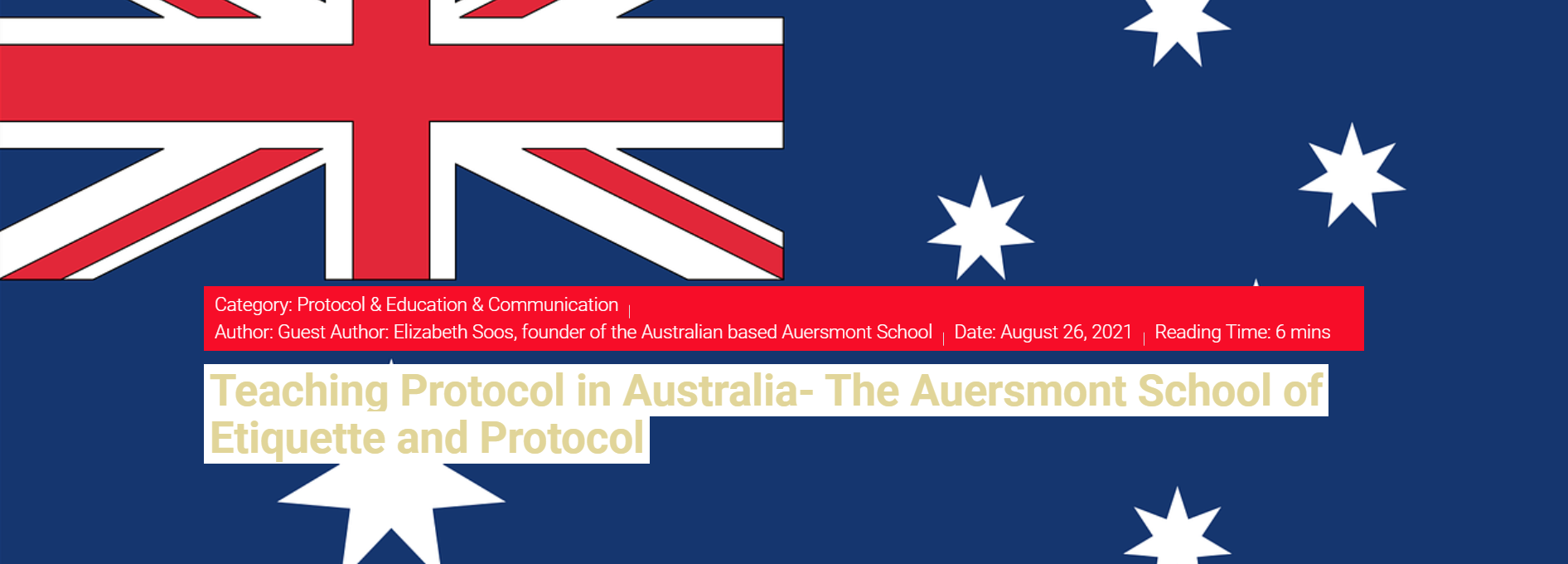
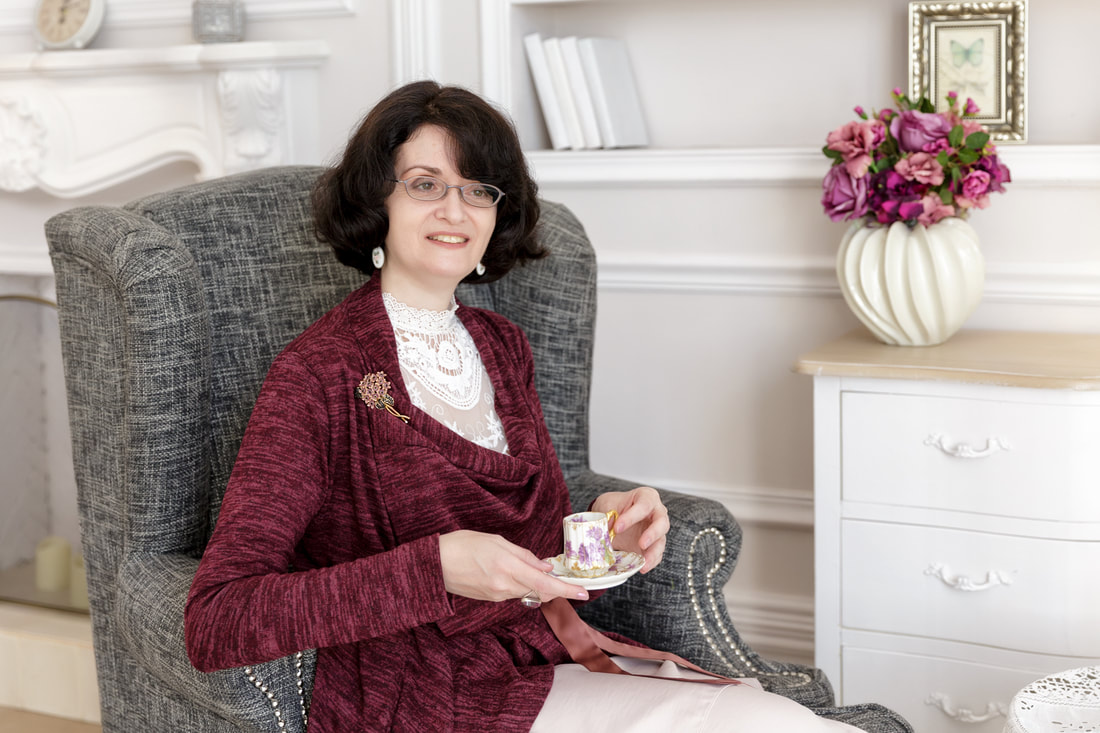
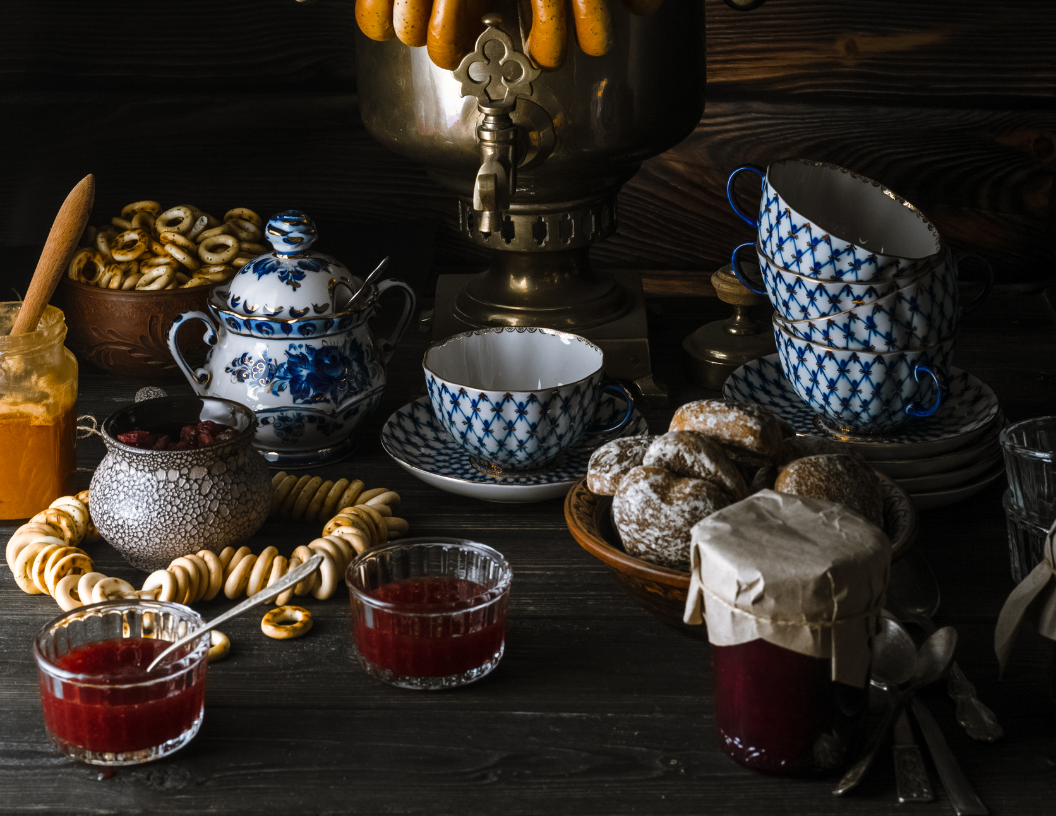
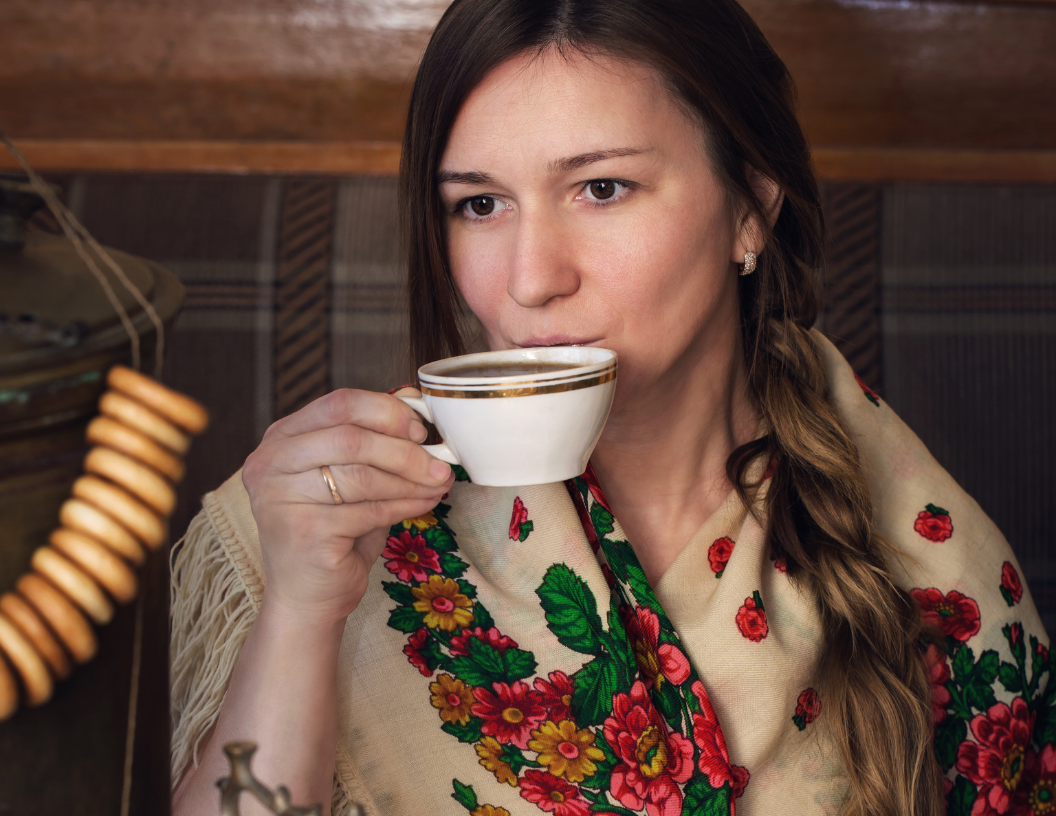
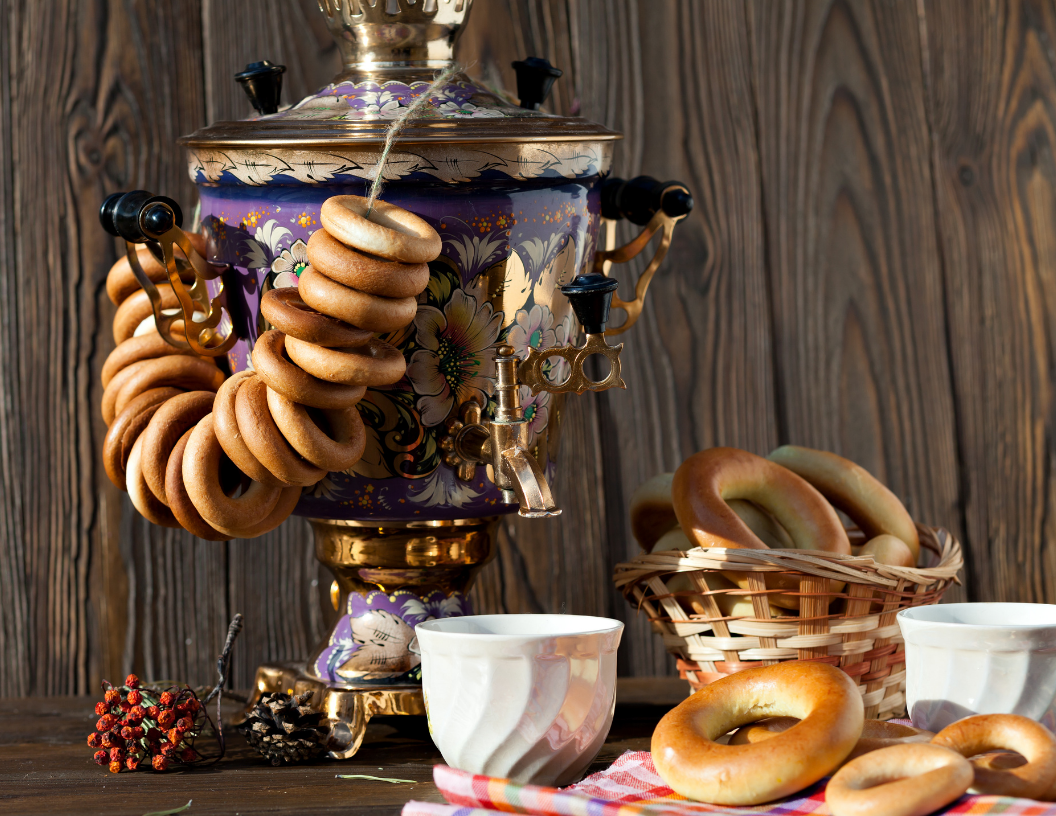

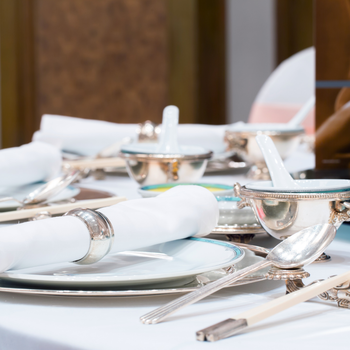
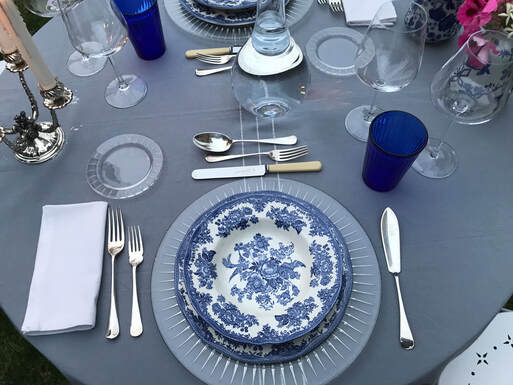
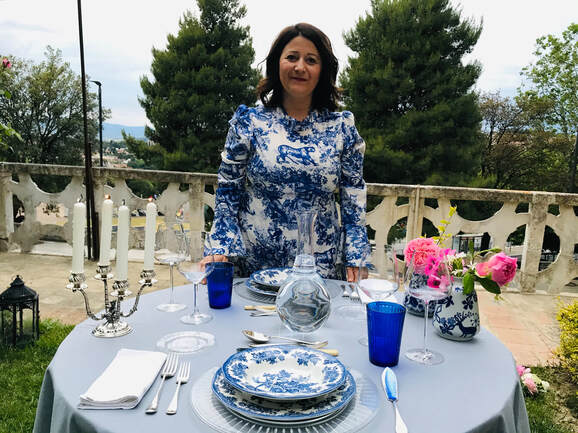


 RSS Feed
RSS Feed

